
Silk -trained printing, digital printing, heat transfer: introduction into differences between three textile printing technologies
2024-12-09
In the field of textile printing, various print technologies have their own characteristics and are suitable for various scenarios of application and materials. The following is the introduction of textile printing in several basic technologies and their differences:
1. Silly -Excounted Printing (Screen Printing)
Silkography is a traditional print technology in which ink is transferred to the fabric through the mesh screen and template. It is suitable for many types of fabrics and designs, especially suitable for printing patterns and gradients of colors with rich details.
The advantages of stencil printing include the ability to reproduce the specific colors of Pantone, for a long time printing on fabric and the lower cost of large batches.
However, he cannot reproduce multi-color or high-quality images, and for small orders, as a rule, MoQ is high due to fixed costs for creating frames to play the image on fabric.
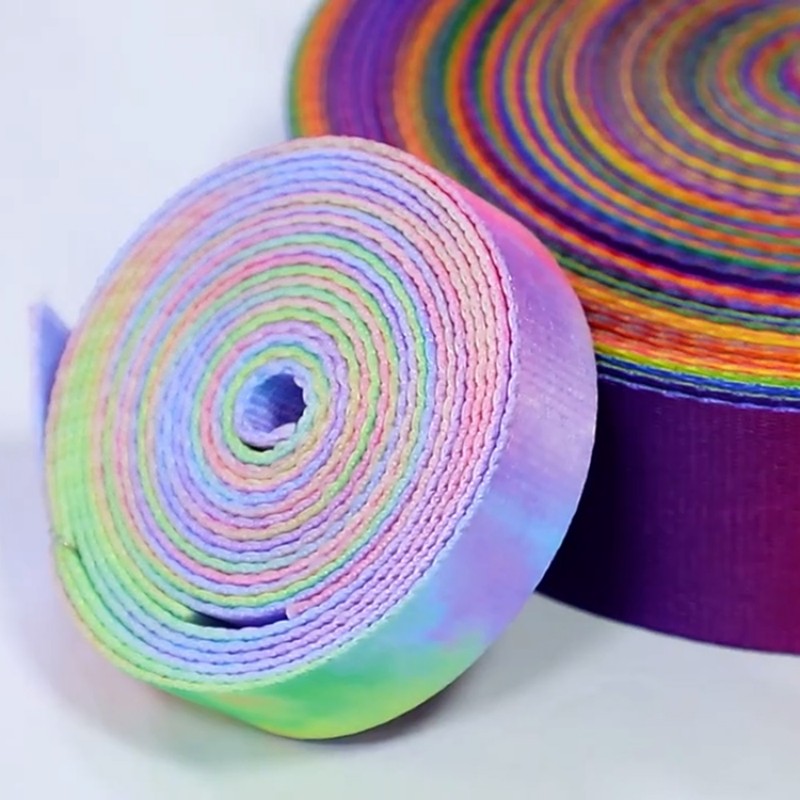

2. Digital Printing)
Digital printing technology implements the process of printing clothing using the technology of digital image and print processing. He mainly uses the software of automated design and jet printers to draw the required patterns and flowers on textiles.
The advantages of digital printing are in high speed, high accuracy, the absence of material restrictions and environmental protection. It can provide more accurate templates and color effects to make printed templates more clear, bright and bright. At the same time, digital printing technology can also implement a personalized print, design and production in accordance with customer needs.
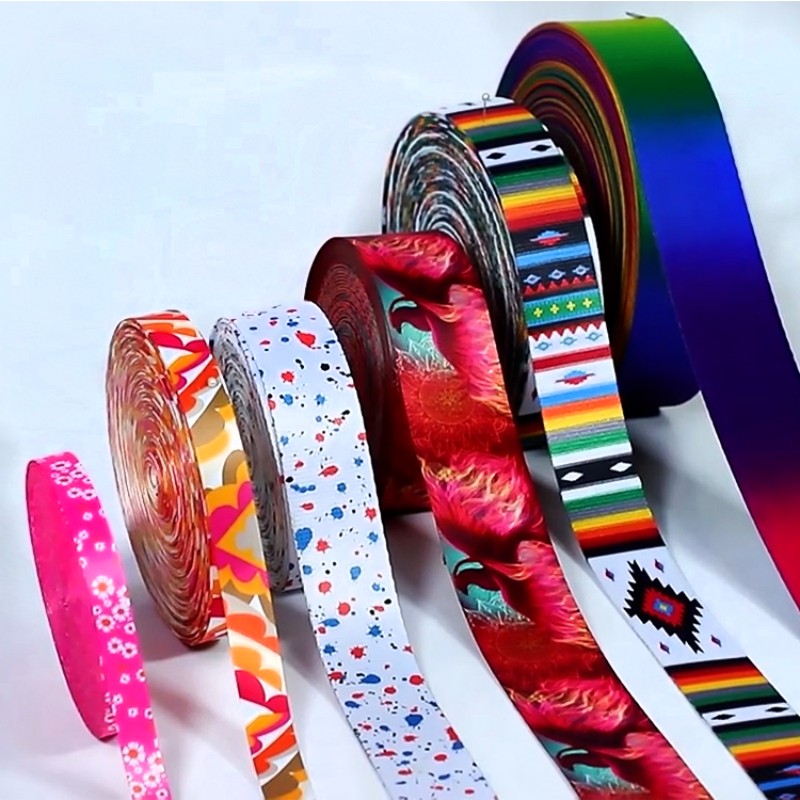

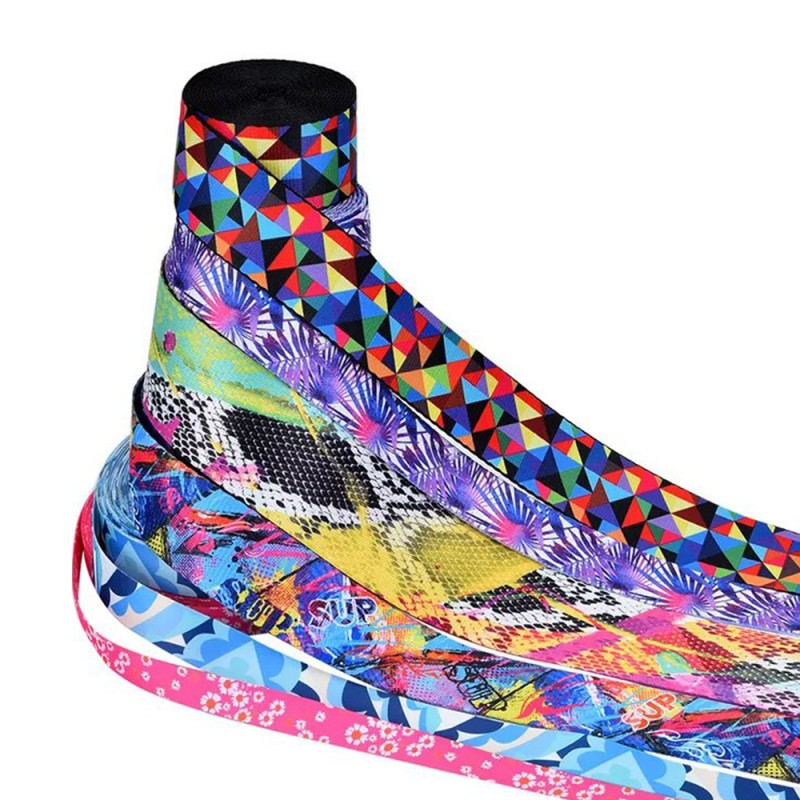
3. Heat Transfer
Thermal transmission technology uses heat and pressure to transmit design from special paper to fabric. This method allows you to achieve bright and detailed seals, especially on synthetic fibers.
The benefits of printing heat transfer include the ability to print color images and even photographs, the seal is very durable, therefore it is ideal for customous advertising shields or flags that are subjected to rain and wind.
Nevertheless, an object that should be printed should have white or bright areas, and of three technologies, as a rule, this is the most expensive printing technology.
Each print technology has its own unique advantages and restrictions. The choice of suitable print technology should be determined in accordance with specific design requirements, production volume, cost budget and environmental protection.
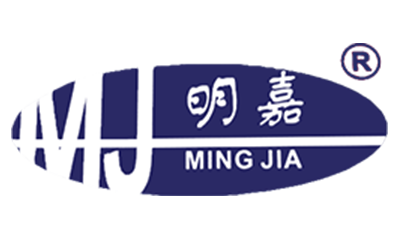


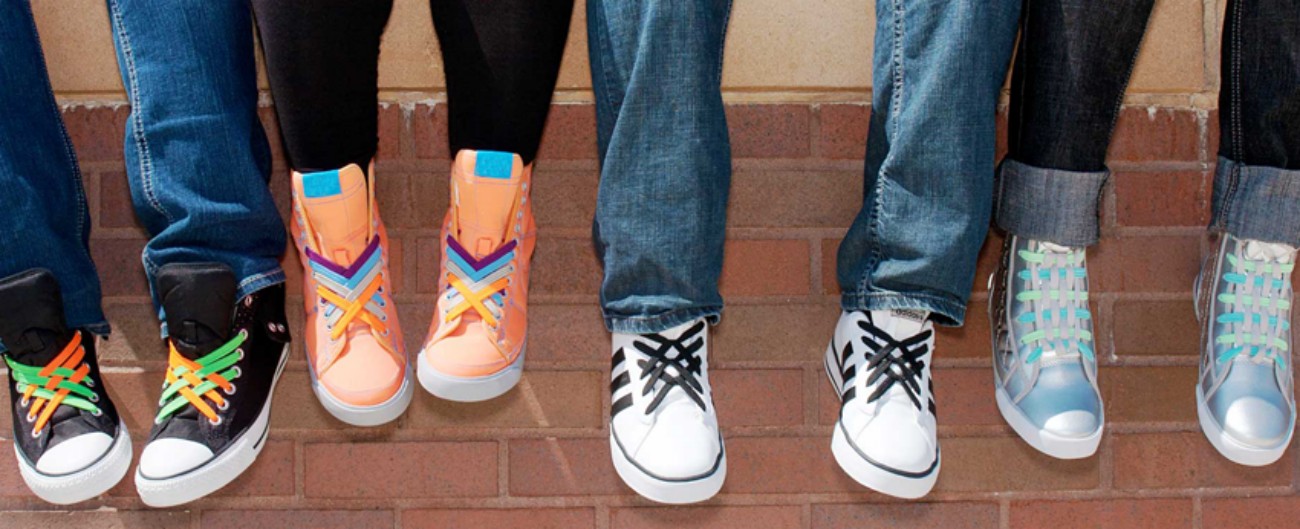
![[Dongguan Mingjia Rope Belt Weaving Co., Ltd.] reveals the technological process of tape production](https://cdn.cnyandex.com/mjtrims/uploads/cdscdscd1.jpg)
![[Dongguan Mingjia Rope Belt Weaving Co., Ltd.] reveals a thin process of making laces](https://cdn.cnyandex.com/mjtrims/uploads/VCG41N1248449033.jpg)
![[Dongguan Mingjia Rope Weaving Co., Ltd.] Successfully appeared at the clothing exhibition in Las Vegas, USA](https://cdn.cnyandex.com/mjtrims/uploads/csdcsadcsa3.jpg)